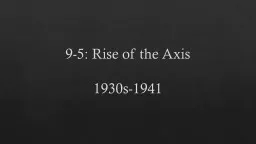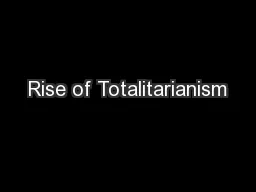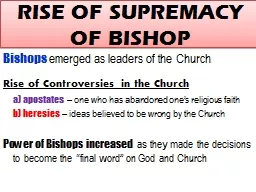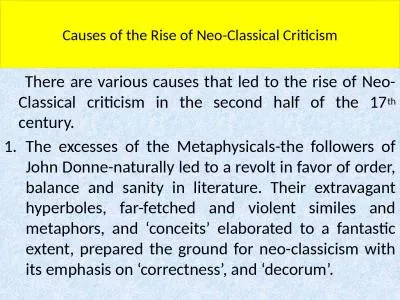PPT-9 -5 : Rise of the
Author : olivia-moreira | Published Date : 2019-11-19
9 5 Rise of the Axis 1930s1941 Thematic Learning Objectives NAT 30 Analyze how ideas about national identity changed in response to US involvement in international
Presentation Embed Code
Download Presentation
Download Presentation The PPT/PDF document "9 -5 : Rise of the" is the property of its rightful owner. Permission is granted to download and print the materials on this website for personal, non-commercial use only, and to display it on your personal computer provided you do not modify the materials and that you retain all copyright notices contained in the materials. By downloading content from our website, you accept the terms of this agreement.
9 -5 : Rise of the: Transcript
Download Rules Of Document
"9 -5 : Rise of the"The content belongs to its owner. You may download and print it for personal use, without modification, and keep all copyright notices. By downloading, you agree to these terms.
Related Documents














